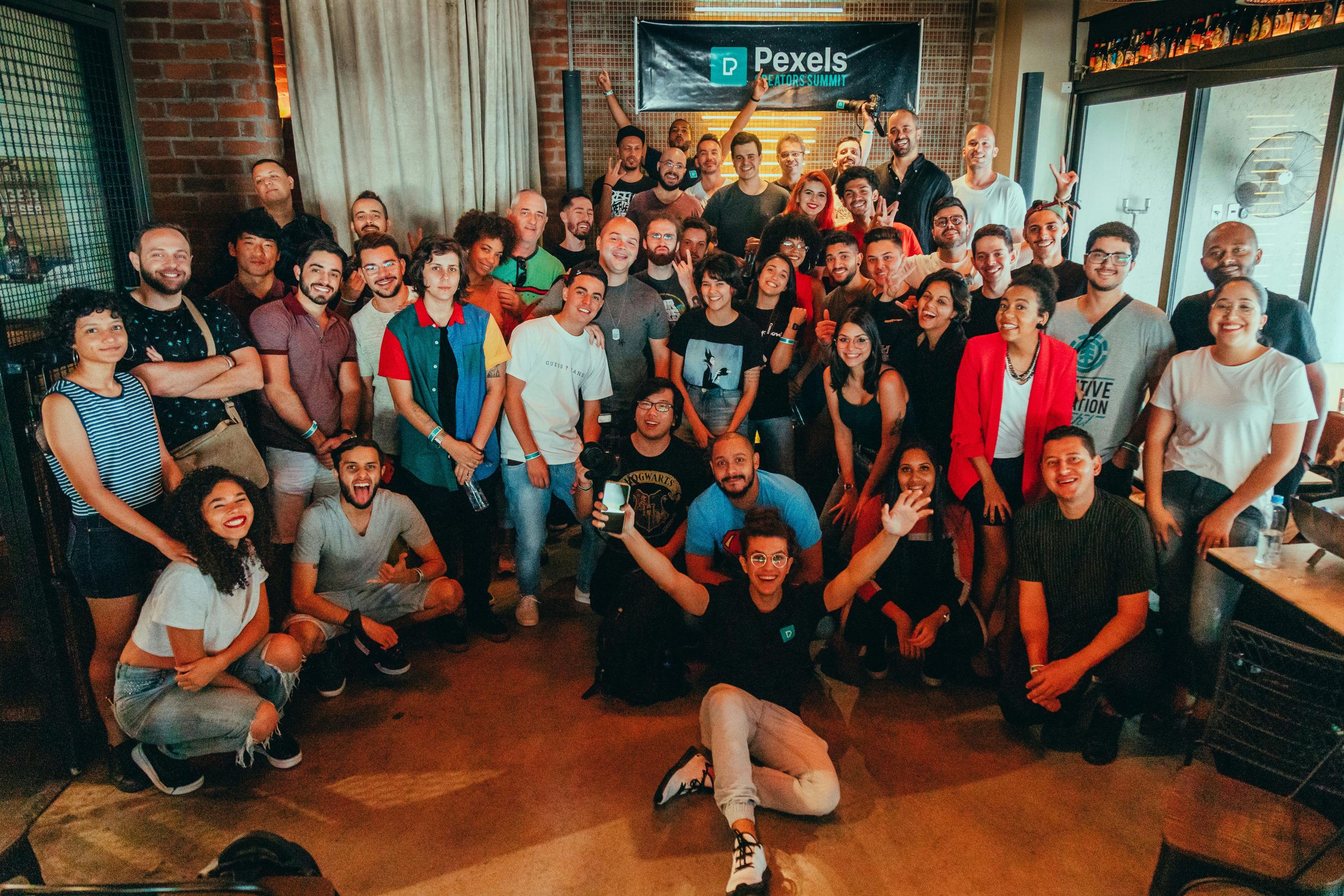In today’s competitive job market, having a robust portfolio is an essential part of showcasing your skills and achievements. A well-curated portfolio not only demonstrates your expertise but also gives potential employers a visual representation of your capabilities. Whether you’re a graphic designer, writer, developer, or in any profession, understanding the best ways to build a portfolio can set you apart from the competition and significantly contribute to your career success.
Understanding the Importance of a Portfolio
A portfolio serves as a platform to display your work, achievements, and evolution as a professional. It is a testament to your capabilities, creativity, and dedication. A strong portfolio can:
- Highlight your best work and skills.
- Showcase your experiences and achievements in a cohesive manner.
- Provide evidence of your ability to meet client or employer expectations.
- Differentiate you from other candidates who may have similar qualifications.
Defining Your Portfolio Goals
Before diving into the creation of your portfolio, it’s crucial to define what you want to achieve with it. Ask yourself the following questions:
- What type of job am I aiming for?
- Who is my target audience?
- What skills do I want to highlight?
By clarifying your goals, you can tailor your portfolio to meet the expectations of potential employers in your specific field.
Selecting the Right Format for Your Portfolio
Depending on your profession and goals, you may want to consider various formats for your portfolio:
- Digital Portfolio: Ideal for most professions today, digital portfolios can include websites, blogs, or specialized platforms like Behance for designers or GitHub for developers.
- Physical Portfolio: Useful for interviews or client meetings, especially in creative fields such as photography or painting.
- Social Media Portfolio: Platforms like LinkedIn can complement your digital portfolio by showcasing your professional achievements and networking abilities.
Curating Your Best Work
Your portfolio should feature quality over quantity. Include a selection of your best work that is relevant to the job you’re applying for. Consider the following tips:
- Choose pieces that showcase your core skills.
- Include projects that demonstrate your problem-solving abilities.
- Show diversity in your body of work to appeal to a broader audience.
- Update your portfolio regularly to reflect your most current and relevant work.
Incorporating Case Studies
Case studies can add significant depth to your portfolio, offering potential employers insight into your thought process and problem-solving capabilities. When creating case studies, consider:
- A clear outline of the project, including objectives and challenges.
- Your role and contributions to the project.
- Measurable outcomes and results.
Designing Your Portfolio
The design of your portfolio is as important as the content. An aesthetically pleasing, easy-to-navigate portfolio can make a lasting impression. Here are some design tips:
- Choose a clean and professional layout.
- Use high-quality images and graphics.
- Ensure your portfolio is mobile-friendly.
- Maintain consistent branding across all platforms.
Including Testimonials and Recommendations
Adding testimonials from previous employers, clients, or colleagues can significantly enhance your credibility. Consider including:
- Quotes from supervisors or clients praising your work.
- Endorsements on LinkedIn or other professional profiles.
- A brief summary of positive feedback from peers.
Leveraging Online Platforms
In addition to your personal website, consider utilizing various online platforms to broaden your reach. Some popular platforms include:
- Portfoliobox – A versatile tool for building and managing your online portfolio.
- ArtStation – Ideal for artists and creatives looking to showcase their work.
- LinkedIn – Perfect for networking and sharing your professional experiences.
Promoting Your Portfolio
Once your portfolio is complete, promoting it is key to reaching your target audience. Engage in these practices:
- Share your portfolio on social media platforms.
- Include a link to your portfolio in your email signature.
- Network within industry groups or forums.
Conclusion
Building a strong portfolio is an investment in your career success. By selecting the right format, curating your work, designing engaging content, and promoting your portfolio effectively, you can significantly enhance your professional visibility and appeal in the job market. Start today by applying the above tips and make your portfolio a powerful tool for your career advancement.




